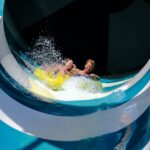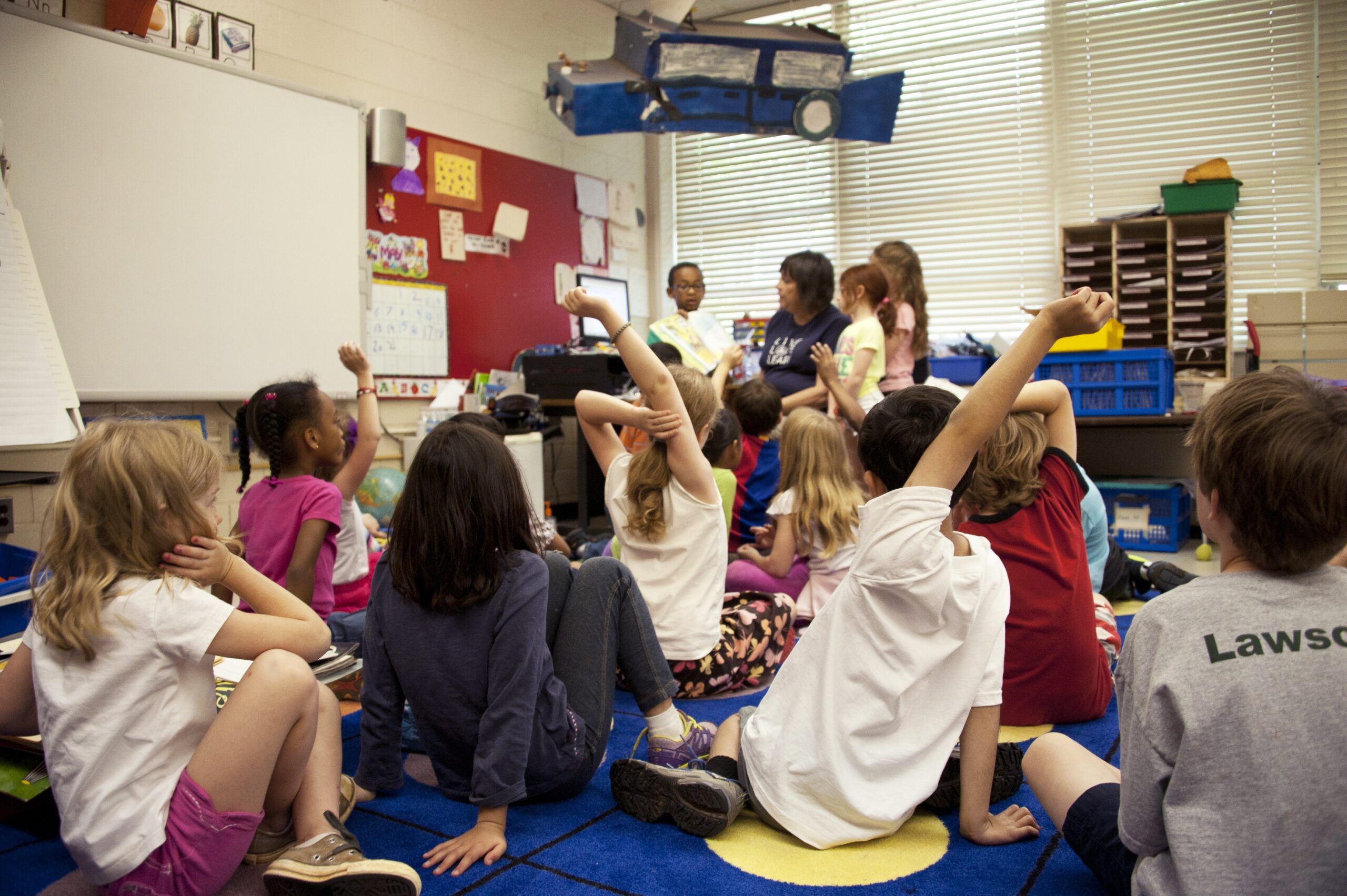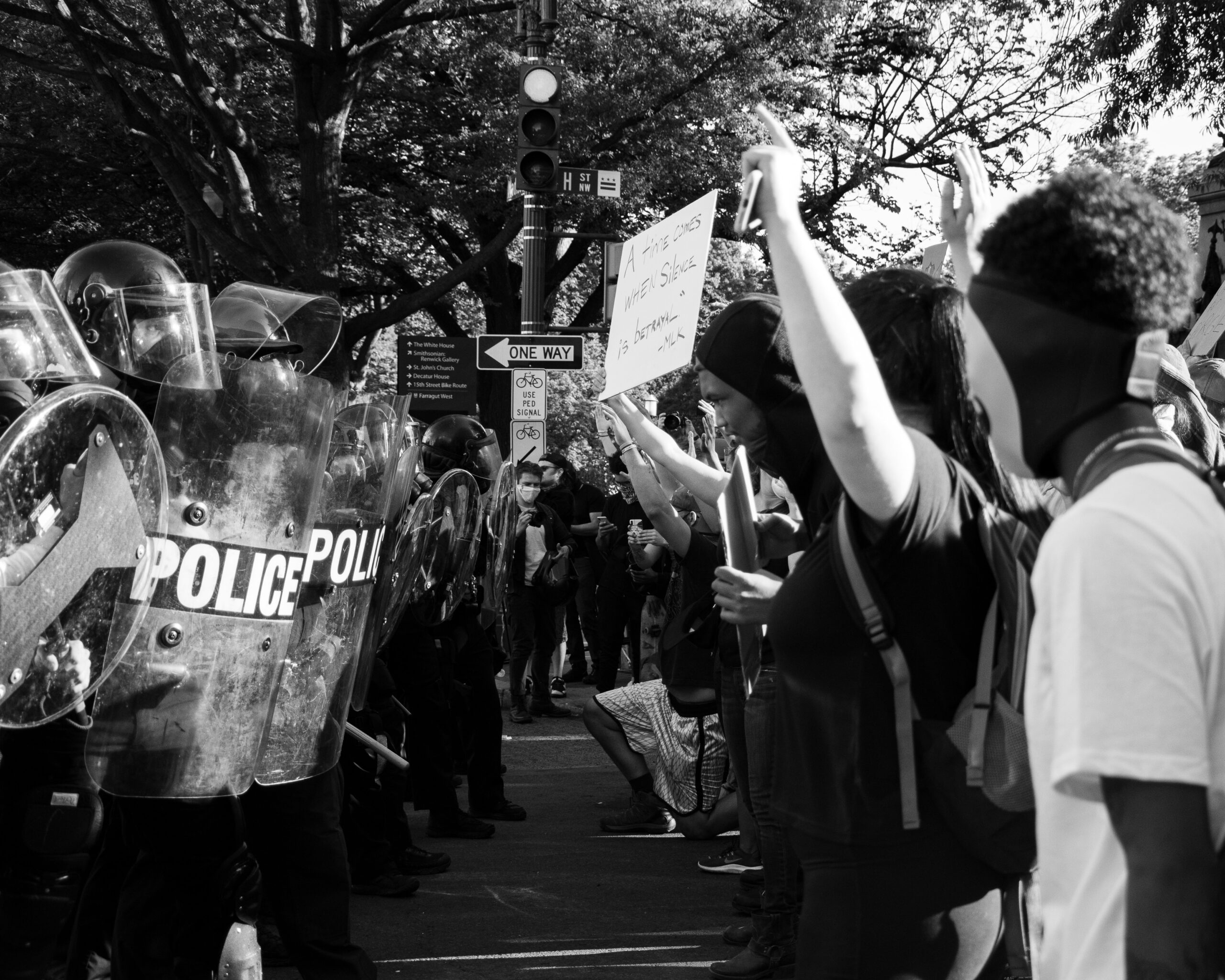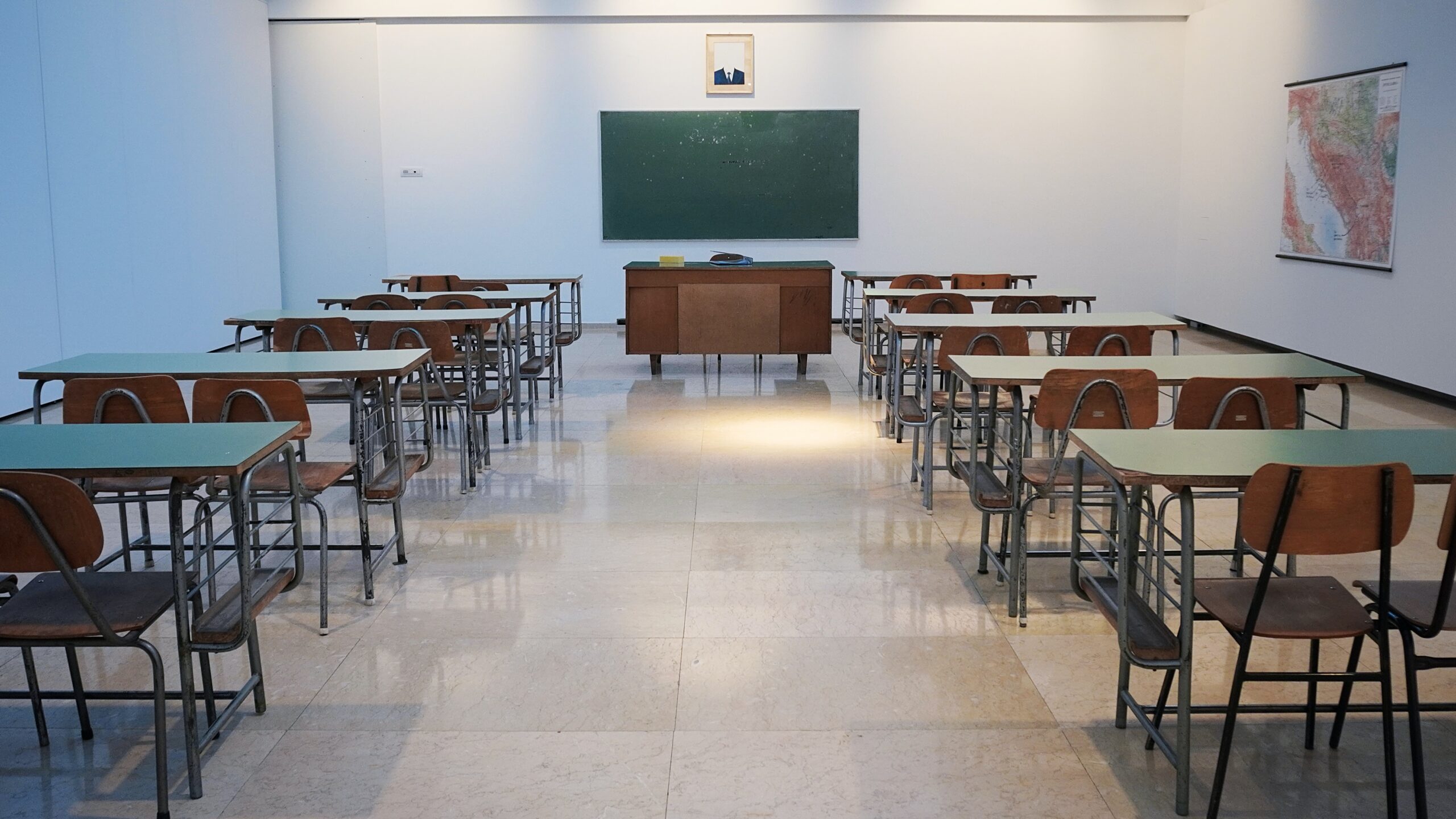Recent developments in Florida have caused a significant stir in the educational sector. The state has expanded the eligibility for its school voucher program, allowing parents more freedom to determine how the money is spent. The voucher, approximately $8,000 per student, offers a diverse range of purchasing options that has led to a divided opinion among lawmakers and educational stakeholders.
The Controversial Expense List
The Tampa Bay Times shed light on the broadened list of expenses that includes:
- Theme park admissions, notably to Disney World
- Televisions, up to 55 inches
- Stand-up paddleboards, kayaks, and trampolines
These expenses, authorized in a 13-page purchasing guide by Step Up For Students, the organization overseeing Florida’s vouchers, have caused an uproar, particularly among the Democratic lawmakers and school advocates. They warn that such expenditures may significantly detract from the funding meant for traditional public schools. Florida currently ranks low among states regarding per-pupil funding, which has further fueled the contention.
Reactions and Concerns
- Democratic Rep. Robin Bartleman expressed her frustrations on X, formerly known as Twitter, highlighting the struggles teachers face in affording housing and paying for school supplies out-of-pocket.
- Democratic Sen. Lori Berman emphasized the irony in how Republicans preach sticking to educational basics yet approve expenditures for paddleboard lessons and theme park trips.
- Democratic Sen. Tina Polsky referred to the situation as “voucher abuse” and expressed concerns over its impact on public school funding.
- Advocates for public schools, such as Damaris Allen of Families for Strong Public Schools, questioned the rationale behind such expenditures when teachers often have to fund classroom materials from their pockets.
Understanding the Defense
Despite the outcry, supporters of the expanded voucher system present a different viewpoint. Jeanne Allen, founder of the National Center for Education Reform, argues that to engage students in today’s digital age, innovative approaches are required. She believes in offering recreational opportunities for the students’ holistic growth.
Moreover, figures from 2021-22 reveal that families receiving vouchers for students with disabilities spent:
- $1.2 million on television
- $43,374 on home treadmills
- $30,436 on indoor trampolines
- $226,584 on gaming consoles
The largest expenses were seen in test preparation, computers, and iPads, amounting to $26.7 million, $8 million, and $3.4 million respectively. The program, after the passage of HB 1, is expected to grow, covering more than 425,000 students.
Special Needs Students: A Separate Concern
While the expense list is extensive, students with special needs have an extended list of eligible purchases, such as specialized swings, chairs, digital devices, and more. However, the major concern is the fear of these resources being spent on non-essential items, leaving critical services and equipment underfunded.
Operational Limits and Guidelines
To ensure some level of check and balance:
- The scholarship, as mentioned by officials from Step Up For Students, covers the student’s admission to a theme park, with a limit set at $299 per school year.
- Furthermore, students are restricted to a maximum of $500 per year for reimbursed field trips.
However, a gray area still persists, with parents discussing ways to get theme park passes and other items previously considered non-essential for educational purposes.
Looking Forward
The debate surrounding the expanded school voucher program in Florida encapsulates broader concerns about public school funding, tax dollar usage, and educational priorities. While the goal remains to provide an enriching, quality education for every child, the means to achieve this is under scrutiny.
The true outcome of this initiative will only be visible in the years to come. For now, all eyes are on Florida as it navigates these educational waters










